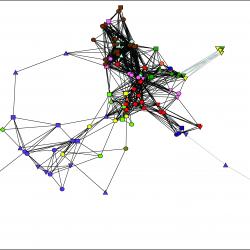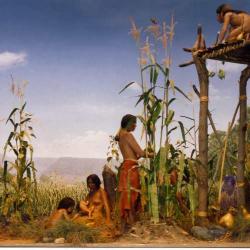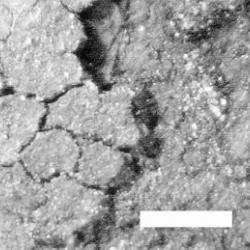
Dr. John P. Hart
My research has focused primarily on the histories of maize, bean, and squash in New York and the greater Northeast and the interactions of human populations with these crops. Through collaborations with numerous colleagues both at the Museum and other institutions, this research resulted in new understandings of these histories and interactions. A primary focus has been on charred cooking residues adhering to the interior surfaces of pottery sherds in the collections of the Museum. These residues contain microfossil evidence (phytoliths, starch, lipids) of the plants cooked in the pots. In addition the residues can be directly radiocarbon dated through accelerator mass spectrometry. These methods and techniques have provided new evidence that is radically altering our understandings of the histories of agriculture in New York State. Theory building to develop understandings of these new histories is another focus. This research has broad implications for Native American history in New York and the greater Northeast.
Most recently I have been working with colleagues on Social Network Analyses (SNA) of northern Iroquoian sites dating from A.D. 1350 to 1650. SNA is a formal graphing method, which in archaeology is used to identify relationships between sites based on similarities of artifact assemblages. This research is helping to build new understandings of interactions between village populations and how these interactions changed through time during the last centuries before and then after European involvements.





